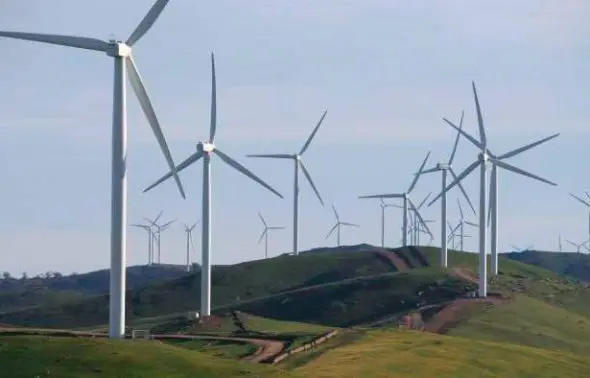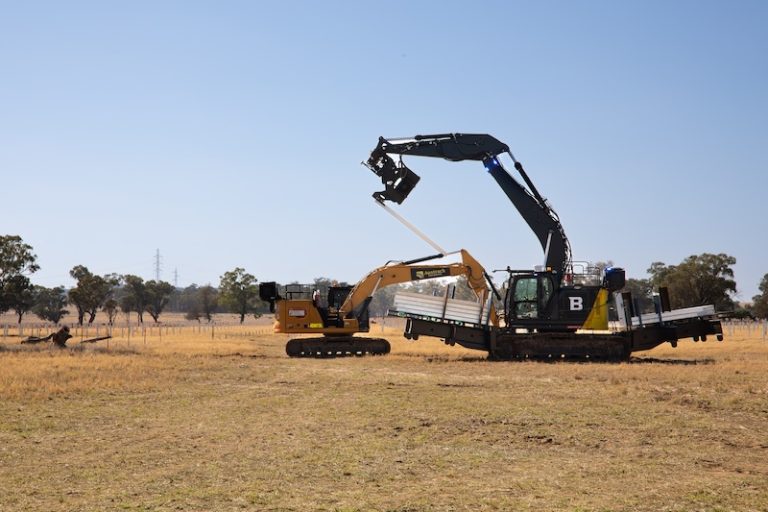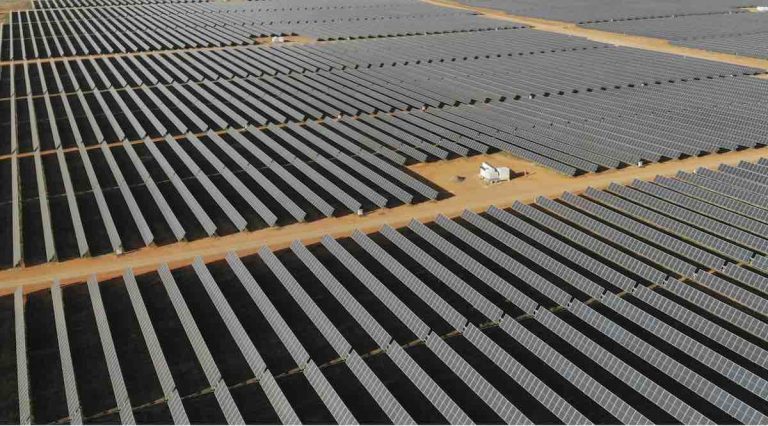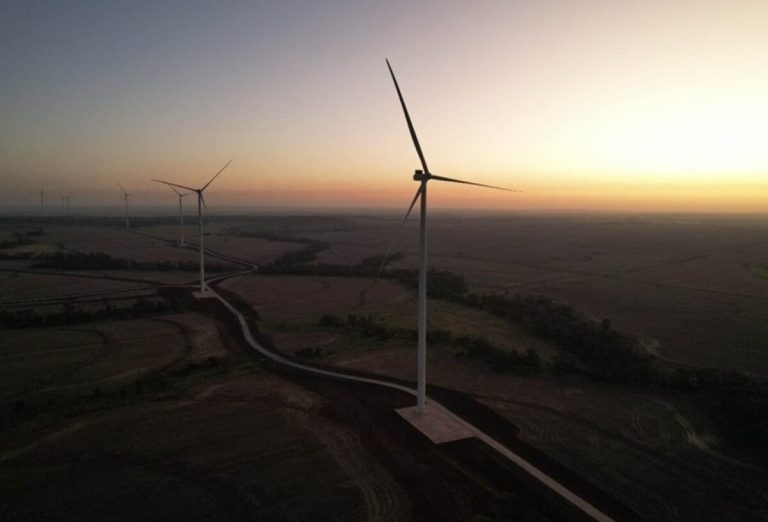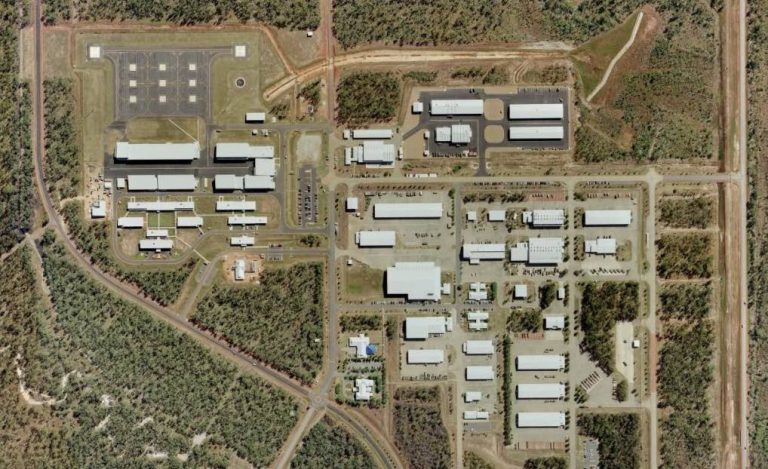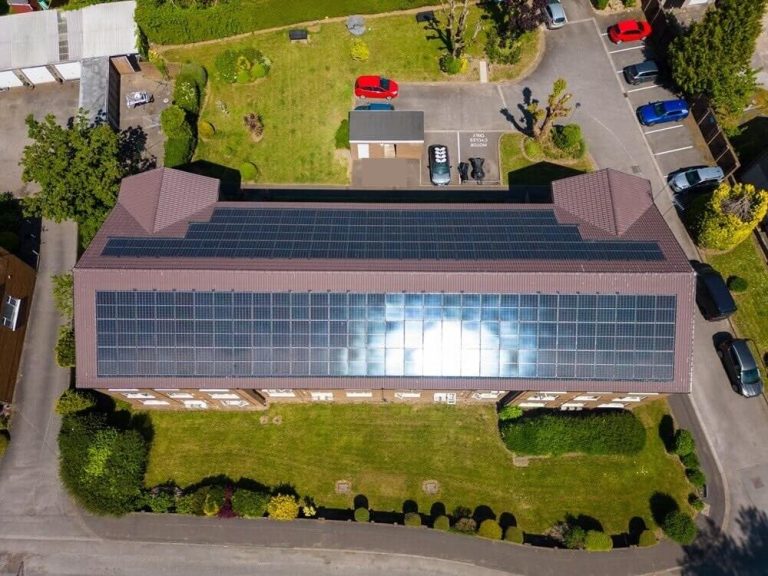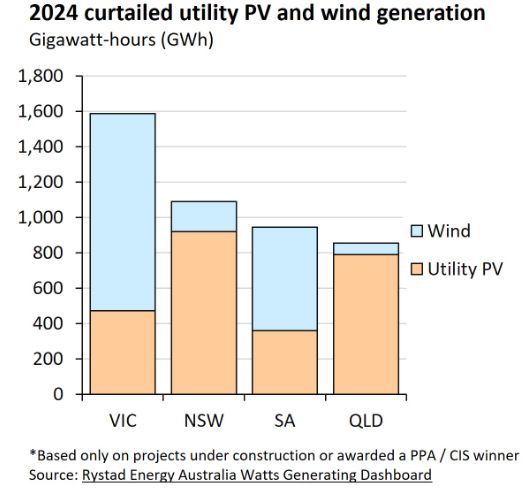South Australia’s Remarkable Renewable Energy Records
Australia’s main grids are witnessing record-breaking achievements as the spring weather boosts the production of wind and solar energy while mild conditions reduce energy demand. However, the most remarkable milestones are being achieved in South Australia.
South Australia’s grid, located at the end of the line, is already leading the nation and possibly the world in integrating variable wind and solar energy sources. Over the past year, the state has consistently met over 70 per cent of its energy demand from renewables, with a groundbreaking target of achieving 100 per cent net renewables by 2027.
New Milestones in South Australia
On a recent Sunday at 9.35 am, South Australia reached a new record by generating 150.7 per cent of its electricity demand from wind and solar sources, surpassing the previous record set on Christmas Day the year before. This surplus was due to rooftop solar panels and large-scale wind and solar farms producing 50.7 per cent more power than the state’s total electricity requirements at that time.
Later in the day, the state achieved another milestone with a record low in instantaneous residual demand, dropping to minus 927 megawatts by 12.35 pm.
Managing Excess Renewable Generation
Geoff Eldridge from GPE NEMLog explains that residual demand represents the electricity that needs to be supplied by other generators once wind and solar sources have met a portion of the demand. A negative residual demand indicates an excess of renewable energy, which can be managed through exports, battery charging, and curtailment. The surplus electricity was exported to Victoria, stored in battery projects, or curtailed, with prices dropping to minus $47/MWh.
Despite the surplus renewable energy, a small portion was still being generated by gas generators to provide essential grid services like system strength and fault current. This reliance on gas generators is expected to decrease once the new link to New South Wales is operational, enabling increased imports and exports.
Eldridge emphasises the importance of balancing the grid with high renewable energy penetration to ensure stability and efficiency during the energy transition.
Records Beyond South Australia
Over the weekend, Queensland saw large-scale solar energy reaching a record share of 34 per cent, while coal output hit a record low. In Victoria, rooftop solar achieved a new output record just before the AFL grand final, highlighting the increasing role of renewable energy sources in the country’s energy mix.
Market operators are exploring new strategies, such as Minimum System Load protocols, to manage the growing contribution of renewables and maintain grid stability without resorting to switching off solar panels.
These achievements underscore the ongoing energy transition in Australia, with renewables playing a pivotal role in reshaping the nation’s energy landscape.
